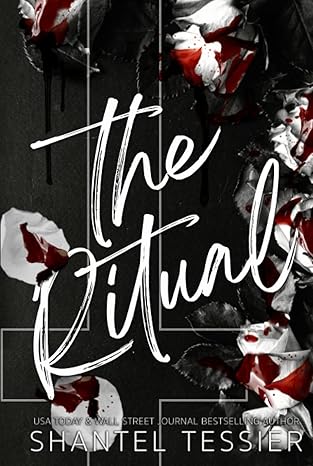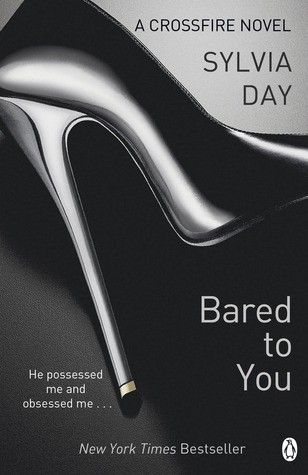To create the best book covers for contemporary romance novels, it's essential to blend creativity with an understanding of current design trends and reader expectations. Here’s a comprehensive guide to help you design captivating covers that resonate with your audience.
Understanding the Genre
Contemporary romance is characterized by its modern settings and relatable themes. Covers should reflect the emotional tone and plot elements of the story. Here are key aspects to consider:
Color Schemes
- Bright and Happy Hues: Many contemporary romance covers utilize vibrant colors to evoke feelings of joy and excitement. Shades like pink, turquoise, and sunny yellows are popular choices.
- Traditional Colors: Darker shades such as navy, scarlet, or black can convey depth and seriousness, appealing to readers looking for more intense narratives.
Font Styles
- Bold and Confident Fonts: Large, capitalized fonts are often used to grab attention and communicate the book's energy. The title should stand out, inviting readers to explore further.
Imagery
- Simple Yet Significant: Use imagery that hints at key plot points or emotions without overwhelming the viewer. For example, a cover might feature a couple in a meaningful pose or a symbolic object related to the story.
Design Trends
Illustrated vs. Photographic Covers
Recent trends show a shift from traditional photographic covers to illustrated designs. This change allows for greater creativity and can help a book stand out on crowded shelves. Illustrated covers often use pastel colors and whimsical graphics, appealing to a younger audience or those seeking lighthearted stories[3][4].
Minimalism
Minimalist designs are gaining popularity, focusing on silhouettes or simple graphics that allow readers to project their own interpretations onto the characters. This approach can be particularly effective for stories that emphasize emotional depth over physical attraction[1][3].
Inspiration from Successful Covers
Analyzing successful contemporary romance covers can provide valuable insights. Here are some standout examples:
"Highly Suspicious and Unfairly Cute" by Talia Hibbert: This cover uses bright colors and playful fonts to balance a serious plot with a lighthearted visual approach.
"Love, Theoretically" by Ali Hazelwood: Featuring beautifully illustrated characters against a library backdrop, this cover combines modern aesthetics with a romantic theme, appealing to a diverse audience.
"Ana María and The Fox" by Liana De la Rosa: This cover effectively establishes its historical setting through detailed imagery, helping readers connect with the story's context.
Practical Steps for Designing Your Cover
Identify Your Target Audience: Understand who your readers are and what they expect from a romance novel cover. This will guide your design choices.
Choose a Professional Designer: If budget allows, hiring a professional designer can elevate your cover. They can bring your vision to life while ensuring it meets industry standards.
Gather Feedback: Before finalizing your design, gather opinions from beta readers or fellow authors. Their insights can help you refine your cover to better appeal to your audience.
Test Variations: Consider creating multiple versions of your cover to see which resonates best with potential readers. This can be done through social media polls or focus groups.
Conclusion
Creating the best book covers for contemporary romance involves a blend of artistic vision, understanding genre expectations, and staying current with design trends. By focusing on color, typography, and imagery, and drawing inspiration from successful examples, you can craft a cover that not only attracts readers but also encapsulates the essence of your story.

Kathy Asher



